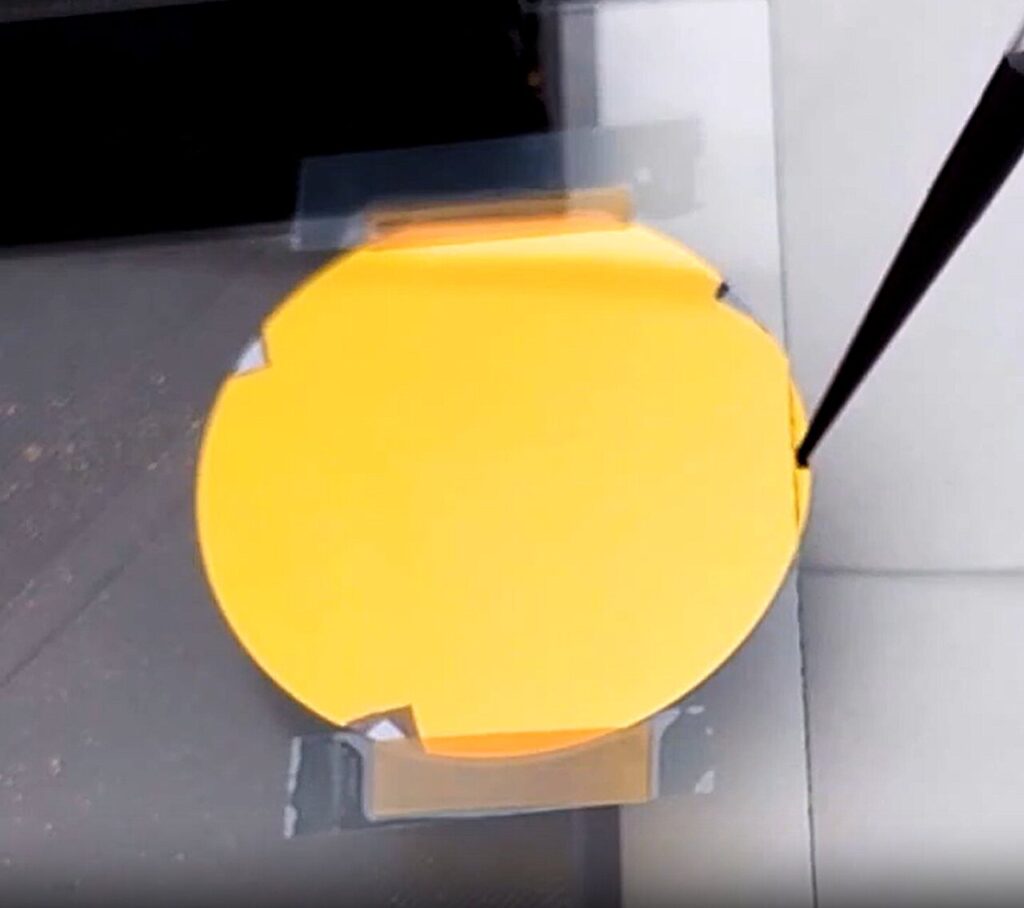Nanoscale materials present us with astonishing chemical and physical properties that help materialize applications such as single molecular sensing and minimally invasive photothermal therapy—which were once just theories—into reality.
The unique abilities of nanoparticles make them lucrative materials for a wide range of applications both for research and industrial purposes. However, achieving the latter becomes difficult due to the lack of a technique for rapid and uniform transfer of a monolayer of nanoparticles, which is crucial for device fabrication.
A possible way out of this dilemma is adopting electrostatic assembly processes where the nanoparticles attach themselves to an oppositely charged surface, and once a monolayer is formed, the nanoparticles then self-limit further assembly by repelling other similarly charged nanoparticles away from the surface. Unfortunately, this process can be very time-consuming.
While artificial methods struggle with these drawbacks, underwater adhesion processes found in nature have evolved into unique strategies to overcome this problem.
In this regard, a team of researchers from Gwangju Institute of Science and Technology, led by Ph.D. student Doeun Kim (first author) and Assistant Professor Hyeon-Ho Jeong (corresponding author), have developed a “mussel-inspired” one-shot nanoparticle assembly technique that transports materials from water in microscopic volumes to 2-inch wafers in 10 seconds, while enabling 2D mono-layered assembly with excellent surface coverage of around 40%.
Their work was published in Advanced Materials and highlighted as a frontispiece.
“Our key approach to overcome the existing challenge came from an observation about how mussels reach the target surface against water. We saw that mussels simultaneously radiate amino acids to dissociate water molecules on the surface, enabling swift attachment of the chemical adhesive on the target surface,” explains Ms. Kim, speaking about about the motivation behind the unique nature-inspired approach.
“We realized that an analogous situation where we introduce excess protons to remove hydroxyl groups from the target surface, thus increasing the electrostatic attraction force between the nanoparticles and the surface and accelerating the assembly process.”
The researchers engineered the electrostatic surface potential for both the target surface and the nanoparticles, driven by proton dynamics. This led the nanoparticles to get arrested onto the target surface uniformly within seconds.
To test the efficacy of introducing proton engineering into the electrostatic assembly process, the team compared the monolayer assembly time with conventionally used techniques. The results indicated that the coating speed of the new technique was 100 to 1,000 times faster than previously reported methods. The reason behind this accelerated diffusion and assembly of nanoparticles was linked to protons’ ability to remove unwanted hydroxyl groups on the target area.
The researchers further found that the charge-sensitive nature of the underlying process enables deterministic “healing” of monolayer films and “pick-and-place” nanopatterning at the wafer scale. Furthermore, the proposed technique also allows the fabrication of wafer-level full-color reflective metasurface via plasmonic architecture, thus opening new avenues for the production of full-color paintings and optical encryption devices.
This new nature-inspired proof-of-concept is a major step towards a wide acceptance of functional nanomaterial monolayer materials.
“We envision that this research will accelerate the impact of functional nanomaterials on our lives and advance the mass production of mono-layered films, thus facilitating a wide range of applications, ranging from photonic and electronic devices to novel functional materials for energy and environmental applications,” concludes Prof. Jeong.


